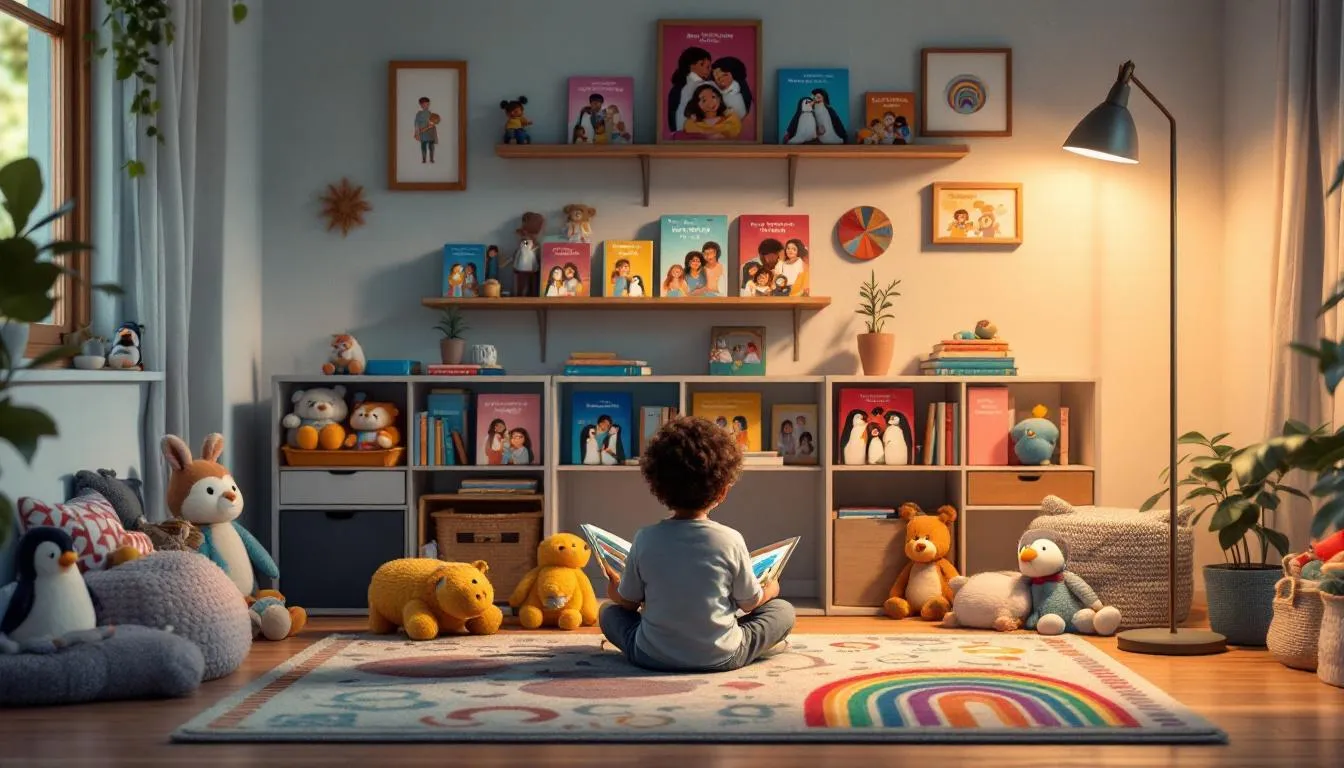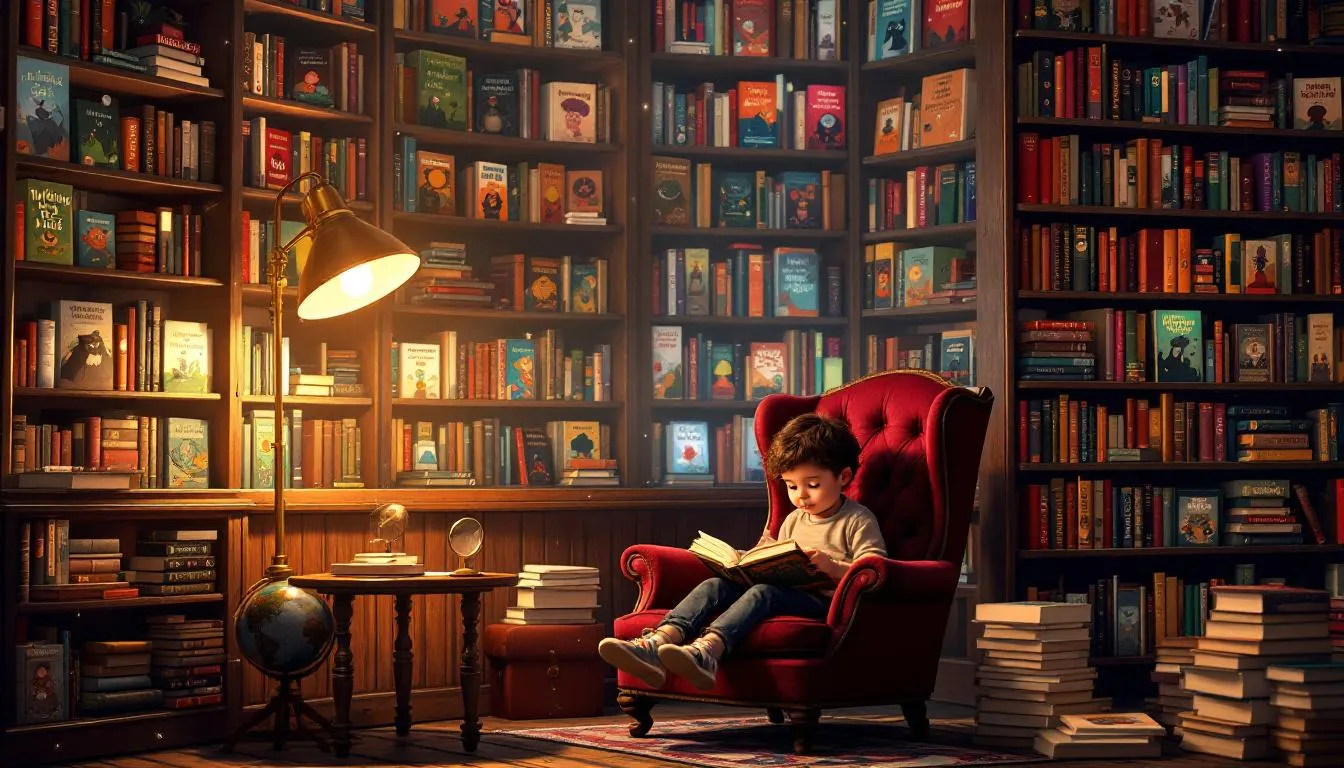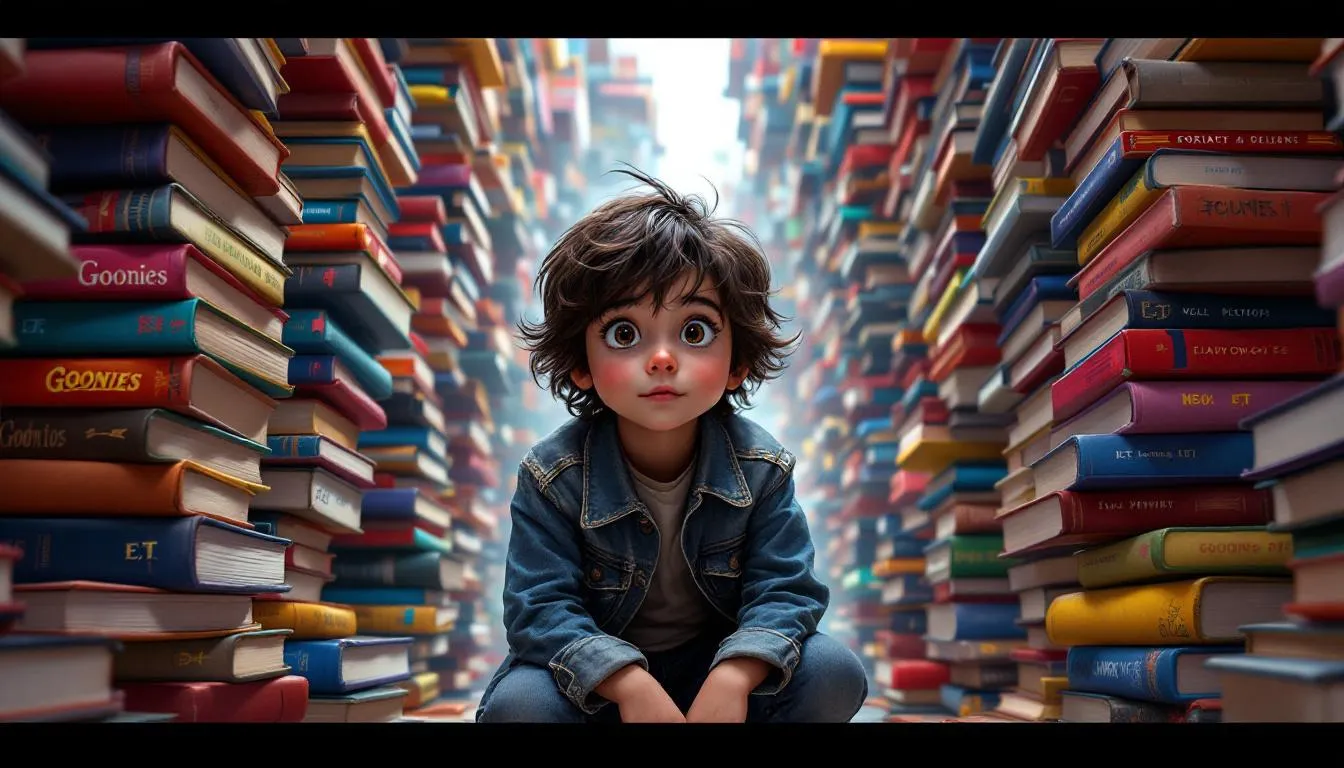Table of Contents
Quick Answer
LGBTQ+ kids’ books are central to a lively discussion among parents, educators, and communities. These books aim to reflect the diversity of the world, offering young readers stories that include various gender identities and sexual orientations. Their primary goal is to provide representation and promote inclusivity, not indoctrination.
Understanding the essence of these books can clarify their purpose and benefits.
What Are LGBTQ+ Kids’ Books?
LGBTQ+ kids’ books form a vital part of children’s literature, offering stories and characters that reflect diverse gender identities and sexual orientations. They range from picture books like “And Tango Makes Three,” about two male penguins raising a chick, to middle-grade novels like “George,” which follows a young transgender girl exploring her identity.
The emergence of LGBTQ+ themes in children’s literature reflects broader societal changes. Until the late 20th century, such stories were scarce, with LGBTQ+ characters often absent or misrepresented. As awareness of LGBTQ+ rights has grown, authors and publishers have embraced the opportunity to create inclusive narratives that resonate with all children.
I remember reading my first LGBTQ+ themed book with my daughter—it opened up a meaningful conversation about different family structures and acceptance. These books not only educate children but also validate the experiences of LGBTQ+ individuals and families, ensuring they feel seen and heard.
Despite their positive intent, these stories sometimes face scrutiny. Concerns often revolve around their influence on children’s beliefs or values. Understanding these viewpoints requires exploring the reasons behind such apprehensions, an essential aspect of this ongoing discussion.
Why Do Some People Believe These Books Are Indoctrination?
Opinions on LGBTQ+ kids’ books vary, with some expressing concerns about indoctrination. These concerns often stem from beliefs about age-appropriateness or fears of infringing on parental rights. As a parent, I understand the instinct to shield our children from topics they might not be ready to grasp. It reminds me of when my son wanted to watch a scary movie at age five—I knew he wasn’t ready.
Many parents wish to control when and how their children learn about complex topics like gender and sexuality. They worry that introducing these subjects prematurely might confuse or overwhelm their kids, similar to the debate over when to discuss where babies come from. Timing and context are crucial, and each family moves at its own pace.
Another layer of this debate involves cultural and societal influences. Some fear that these books could shape a child’s beliefs before they’ve developed their own, potentially overriding a family’s cultural or personal values. It’s akin to teaching your kid how to ride a bike versus letting the neighbor teach them tricks before they’ve mastered the basics.
Despite these concerns, there’s growing recognition of how these books offer representation and validation to children who see themselves reflected in the stories. This acceptance paves the way to discuss how these narratives provide meaningful and necessary representation.
How Do These Books Offer Representation?
When I introduced my children to LGBTQ+ kids’ books, I was struck by their natural acceptance of the characters and stories. It highlighted the importance of visibility and normalization in literature. Kids are curious and open-minded, and diverse identities in their stories become part of their understanding of the world. It’s like adding more crayons to their box, broadening their palette.
These books allow children to see families and individuals different from their own, which is crucial. When a child who identifies as LGBTQ+ sees themselves in a story, it can be incredibly affirming, like finding a hidden treasure meant just for them. It tells them, “You belong here, too.”
Moreover, LGBTQ+ kids’ books promote empathy and understanding. By presenting diverse narratives, they encourage young readers to step into someone else’s shoes, fostering compassion and acceptance. Imagine a book where a child learns about a classmate with two moms; it opens discussions about love and family in its many forms.
Through these stories, children learn not only to accept differences but to celebrate them. I recall my daughter returning from school excited about a book featuring a boy who loved ballet. She admired his bravery, showcasing the power of representation—children learn to appreciate diversity’s richness.
Recognizing these benefits leads us to consider how representation influences broader aspects of children’s development, preparing them to engage with the world with kindness and understanding.
What Are the Benefits of LGBTQ+ Representation in Kids’ Literature?
Discussing the benefits of LGBTQ+ representation in kids’ literature is like opening a window to empathy, understanding, and acceptance.
Firstly, these books enhance social and emotional learning by allowing children to explore different perspectives and experiences. When kids read about characters who look, feel, or love differently, it broadens their emotional intelligence. They begin to see the world as a mosaic of unique stories. I recall my son reading about a boy with two dads, leading to an insightful discussion about love and family, enhancing his appreciation for diversity.
LGBTQ+ representation in literature also supports LGBTQ+ youth and families. These stories provide comfort and validation, showing they are not alone and their experiences are valued. It’s like giving them a mirror reflecting pride and affirmation. For families, this can foster open conversations and supportive environments.
Moreover, embracing LGBTQ+ themes in kids’ books encourages diversity and acceptance within educational settings. Classrooms incorporating these books nurture a culture of inclusivity and respect. It’s like planting seeds of kindness, allowing a garden of understanding to grow. Children learn to celebrate differences, making schools welcoming spaces for everyone.
Understanding these benefits opens a broader conversation about how educators and experts perceive the role of LGBTQ+ kids’ books in shaping young minds.
How Do Educators and Experts View LGBTQ+ Kids’ Books?
Educators and experts often regard LGBTQ+ kids’ books as valuable tools for fostering inclusivity and understanding in young readers. Teachers, librarians, and child development specialists advocate for these books, highlighting their role in creating a more accepting and empathetic classroom environment. I once spoke with a teacher who included LGBTQ+ stories in her curriculum. She observed how her students became more open and respectful, recognizing the importance of diverse perspectives.
From a psychological standpoint, these books support positive identity development and social-emotional growth. Psychologists argue that exposure to diverse narratives helps children build empathy and reduces prejudice. Imagine a world where kids grow up understanding and valuing differences; it’s like baking a cake with various ingredients, each adding richness to the final product.
Research supports these views, indicating that diverse literature positively impacts child development. Studies show that when children see their realities reflected in stories or learn about experiences different from their own, it enhances their cognitive and emotional skills. For instance, children exposed to varied family structures through books often display greater social competence and adaptability.
Considering these perspectives makes it essential to understand the role parents play in this journey. After all, parents are the primary guides in their children’s literary adventures, shaping how they perceive and engage with these themes.
How Can Parents Approach LGBTQ+ Themes in Kids’ Books?
Navigating LGBTQ+ themes in children’s books can be rewarding for parents and children alike. It begins with creating an open space for discussion, where children feel comfortable expressing their thoughts and questions. I remember when my daughter picked up a book featuring a child with two moms. Her curiosity sparked a beautiful conversation about love and family diversity.
Here are some tips for discussing LGBTQ+ topics with your little ones:
- Start with Questions: Encourage your child to share their thoughts about the story and characters. This can lead to a natural discussion about different family structures and identities.
- Use Age-Appropriate Language: Tailor your explanations to your child’s age and understanding. For younger kids, phrases like “Love is love” can be powerful.
- Be Honest: It’s okay to admit if you don’t have all the answers. Exploring these topics together can be a bonding experience.
- Reassure Them: Ensure your child knows all feelings and questions are valid. This builds a trusting environment where they feel safe to explore complex themes.
For resources, numerous age-appropriate books and online platforms offer curated lists of LGBTQ+ kids’ literature. Libraries often have sections dedicated to diverse books, and many online communities provide recommendations based on age and interest.
As parents, our book choices can pave the way for inclusive and empathetic future generations. Understanding these approaches empowers us to guide our children through a diverse world, fostering acceptance and kindness.
Key Takeaways
- LGBTQ+ kids’ books aim to promote inclusivity and provide representation for diverse identities.
- Considering different viewpoints can help parents navigate the debate over these books effectively.
- Encourage open conversations with your children to foster understanding and empathy.
- Introduce a variety of books to your child’s reading list to celebrate diversity and acceptance.
- Creating a supportive environment at home helps children feel comfortable exploring complex themes.
Remember, every story expands your child’s world, one page at a time.







